1. Introduction to Egg Grader
An Egg Grader is an essential machine designed to automatically grade eggs based on size, weight, and sometimes quality attributes. It is widely used in poultry farms, egg packing plants, and distribution centers to improve sorting accuracy, operational efficiency, and product uniformity. With increasing demand for high-quality, standardized eggs, the egg grader plays a crucial role in streamlining the grading process while reducing labor costs and minimizing egg damage.
Egg Grading Machines typically employ advanced sensors, conveyors, and control systems to sort eggs rapidly and accurately. These machines support the entire supply chain from farm to market, ensuring eggs meet regulatory and consumer standards for size and quality.
In this guide, you will find detailed information on technical parameters, features, advantages, application scenarios, operational guidelines, maintenance, and frequently asked questions about egg graders.
2. Technical Specifications (Parameters) of Egg Grader
Sorting Capacity | 10,000 – 60,000 eggs per hour |
Egg Weight Range | 35g – 90g |
Sorting Categories | 3 to 6 size categories (Small, Medium, Large, etc.) |
Conveyor Speed | Adjustable, typically 5-20 meters per minute |
Power Supply | 220V / 380V, 50/60Hz |
Machine Dimensions | 2000 mm × 1000 mm × 1200 mm (approx.) |
Machine Weight | 300 – 800 kg |
Material | Stainless steel and food-grade aluminum |
Control System | PLC with touchscreen interface |
Sorting Accuracy | Over 98% |
Noise Level | Less than 75 dB |
Operating Environment | Temperature: 0°C – 40°C; Humidity: 10%-85% RH |
3. Key Features of Egg Grader
3.1 Automated Grading by Weight and Size
Using precision load cells and sensors, the egg grader accurately measures weight and sorts eggs into predefined size categories automatically.
3.2 High Throughput Capacity
The machine can process tens of thousands of eggs per hour, significantly improving processing speed compared to manual grading.
3.3 Gentle Egg Handling
Designed with cushioned rollers and slow-speed conveyors, the grader minimizes impact and reduces breakage rates during sorting.
3.4 User-Friendly Control Interface
A PLC-based control panel with a touchscreen allows operators to easily set parameters, monitor operation, and generate reports.
3.5 Modular Design for Easy Maintenance
The grader’s modular construction simplifies installation, cleaning, and replacement of components, reducing downtime.
3.6 Hygiene and Food Safety Compliance
Made from stainless steel and food-grade materials, the egg grader meets hygiene standards and supports easy cleaning protocols.
3.7 Optional Quality Inspection Modules
Advanced models integrate crack detection or candling systems for additional quality control during grading.
4. Advantages of Using an Egg Grader
4.1 Enhanced Operational Efficiency
Automation reduces the time and manpower needed for grading eggs, increasing throughput and lowering operational costs.
4.2 Consistent Product Quality
Standardized grading ensures eggs are sorted accurately, improving customer satisfaction and market competitiveness.
4.3 Reduced Egg Breakage and Waste
Smooth handling mechanisms decrease egg damage and loss, improving yield and profitability.
4.4 Data Tracking and Reporting
Some graders provide data analytics on sorting volumes, size distribution, and operational efficiency, aiding farm management decisions.
4.5 Scalability and Flexibility
Grading systems can be tailored to various farm sizes and production capacities and integrated into existing packing lines.
5. Application Scenarios for Egg Grader
5.1 Poultry Farms
Medium to large-scale poultry farms use egg graders to automate sorting, improving labor efficiency and ensuring consistent product standards.
5.2 Egg Packing Plants
Egg graders form a vital part of packing plants, feeding sorted eggs directly into packaging machines to maintain workflow and quality control.
5.3 Distribution Centers
Sorting eggs by size and quality at distribution hubs ensures retailers receive standardized products.
5.4 Food Processing Industries
Egg graders ensure only eggs meeting quality specifications enter processing lines, such as for breaking or drying.
6. How to Operate an Egg Grader: User Instructions
6.1 Pre-Operation Setup
Site Preparation: Install the grader on a flat, stable surface with easy access to power.
Electrical Connection: Connect to the correct voltage supply with proper grounding.
Calibration: Calibrate the sensors and load cells before first use and regularly thereafter.
Parameter Input: Set size categories and sorting thresholds via the touchscreen.
6.2 Operating Procedure
Start-up: Power on the machine and initialize the software interface.
Loading Eggs: Place eggs gently onto the input conveyor.
Sorting: The machine automatically grades eggs based on weight and size, sorting them into designated outlets.
Monitoring: Observe the control panel for real-time operation status and alerts.
Collecting Eggs: Sorted eggs exit through dedicated channels for packaging or further processing.
6.3 Shutdown and Cleaning
Power Down: Turn off the machine following manufacturer instructions.
Cleaning: Remove debris, wipe down surfaces with food-safe cleaning agents, and sanitize all contact points.
Maintenance Checks: Inspect rollers, belts, and sensors for wear or damage.
7. Maintenance and Troubleshooting
7.1 Regular Maintenance Tasks
Clean all conveyor belts, rollers, and sensors daily.
Lubricate moving parts weekly as recommended.
Calibrate weighing sensors monthly or after significant usage.
Replace worn or damaged parts promptly.
7.2 Troubleshooting Common Issues
Machine won’t start | Power supply issue or emergency stop | Check electrical connections and reset |
Incorrect sorting results | Sensor misalignment or calibration off | Recalibrate sensors and inspect hardware |
Excessive egg breakage | High conveyor speed or mechanical fault | Lower speed, check for damaged parts |
Conveyor jams | Foreign objects or improper egg loading | Clear jams, ensure proper egg placement |
Control panel freezing | Software glitch or power fluctuation | Restart the control system, update software |
8. Frequently Asked Questions (FAQ)
Q1: What is the typical sorting capacity of an egg grader?
A: Most graders handle between 10,000 and 60,000 eggs per hour, depending on model and configuration.
Q2: Can the egg grader sort eggs by both size and weight?
A: Yes, advanced graders use weight sensors combined with size categorization for precise sorting.
Q3: Is the grader suitable for all types of eggs?
A: Generally yes, including chicken, duck, and quail eggs, though confirm with manufacturer for special cases.
Q4: How often should the machine be calibrated?
A: Calibration is recommended before initial use and regularly every 1-3 months depending on usage.
Q5: Does the grader detect cracked or damaged eggs?
A: Some models include crack detection features via optical or candling technology.
Q6: How do I clean the egg grader?
A: Power down the machine, remove debris, and use food-safe sanitizers on all surfaces.
Q7: What is the average lifespan of an egg grader?
A: With proper maintenance, these machines typically last 8-15 years.
Q8: Can the machine be integrated into existing packing lines?
A: Yes, most graders are designed for easy integration with automated packing systems.
9. Conclusion
The Egg Grader is a critical tool for modern poultry and egg processing industries, providing automated, accurate, and efficient grading solutions. By ensuring consistent egg quality, reducing labor, and minimizing breakage, egg graders improve productivity and profitability.
This comprehensive guide highlights all essential aspects of egg graders, from specifications and key features to practical applications and maintenance. It is a valuable resource for farms, packing plants, and distributors aiming to optimize their egg handling processes while leveraging automation to meet today’s market demands.
Company Profile
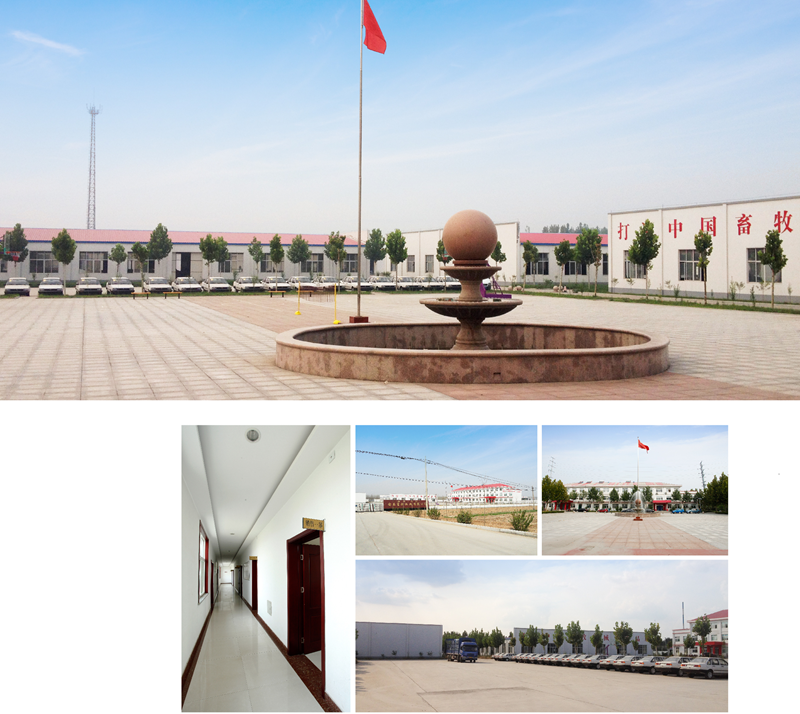
Shandong Huimin Qinle Livestock Machinery Co., Ltd. (formerly Shandong Huimin Qinle Livestock Machinery Factory) is a professional poultry equipment manufacturer with over 20 years of experience. We offer a comprehensive service package, from design (land and chicken coops), production (equipment and prefabricated steel coops), installation, commissioning, customer training, and after-sales service.
Located in Huimin County, Binzhou City, Shandong Province, China, the company has extensive experience in mechanical processing and manufacturing, as well as livestock machinery production and operation. With fixed assets of RMB 15 million, the company employs 160 people, including 30 R&D staff, and occupies a 40,000-square-meter factory. Equipped with over 110 pieces of advanced precision production equipment, including CNC machining centers and laser cutting machines, the company boasts a production capacity of RMB 50 million.
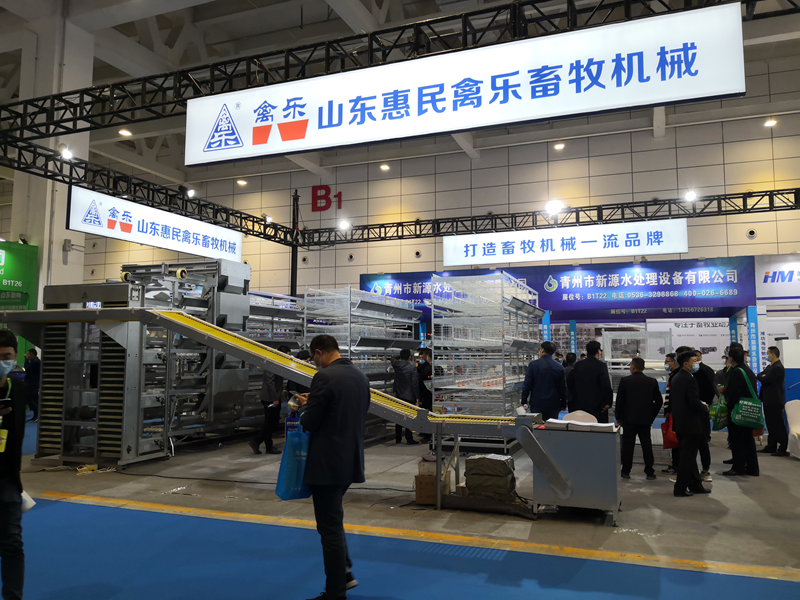


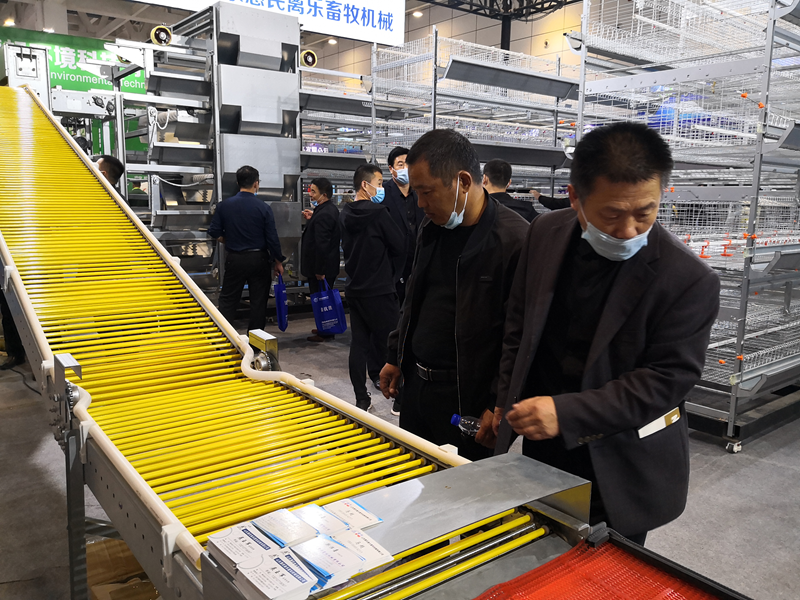
Chicken Farming Equipment Mesh Production Workshop

Machining Workshop

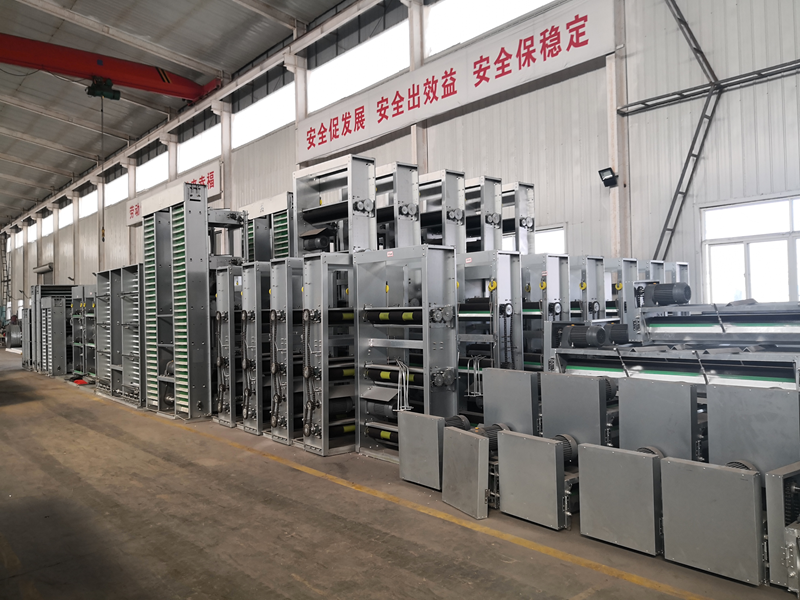
Turret-type CNC Punch Press, Laser Cutting and Other Machining Equipment



Fully Automated Roll Forming Production Line

Hot-dip Galvanizing Production Line

Electroplating Production Line

Environmental Protection Equipment

Chicken Farming Equipment Product Series
Egg-laying Hen Farming Equipment
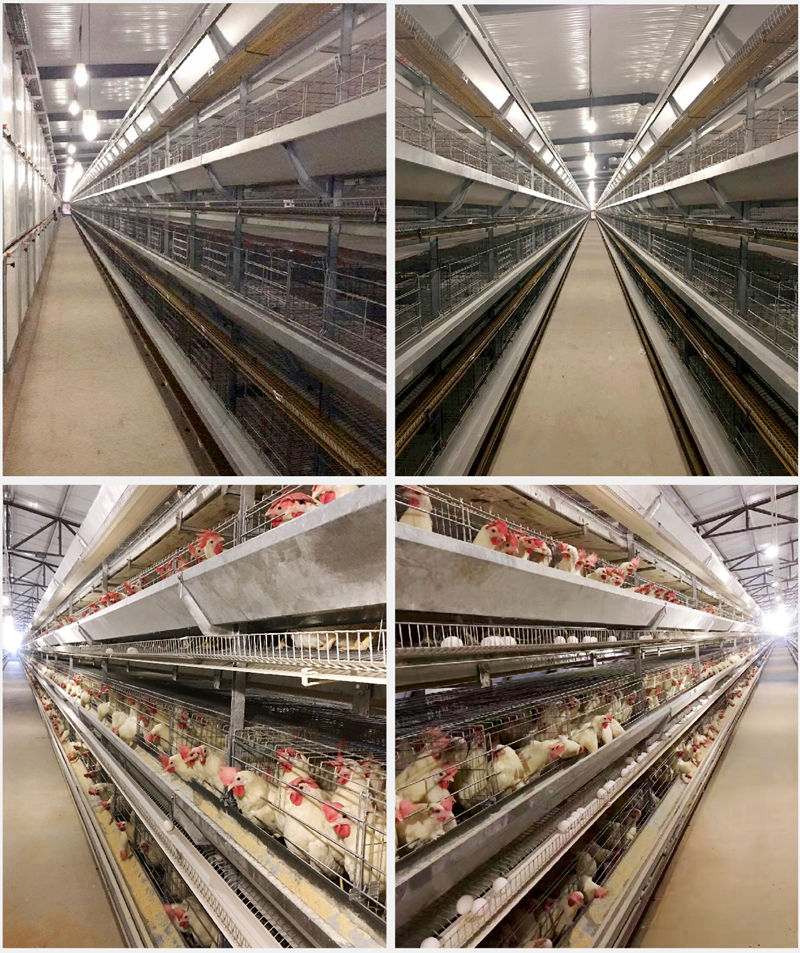
Stacked Brooding Cage Equipment

Stacked Broiler Cage Equipment
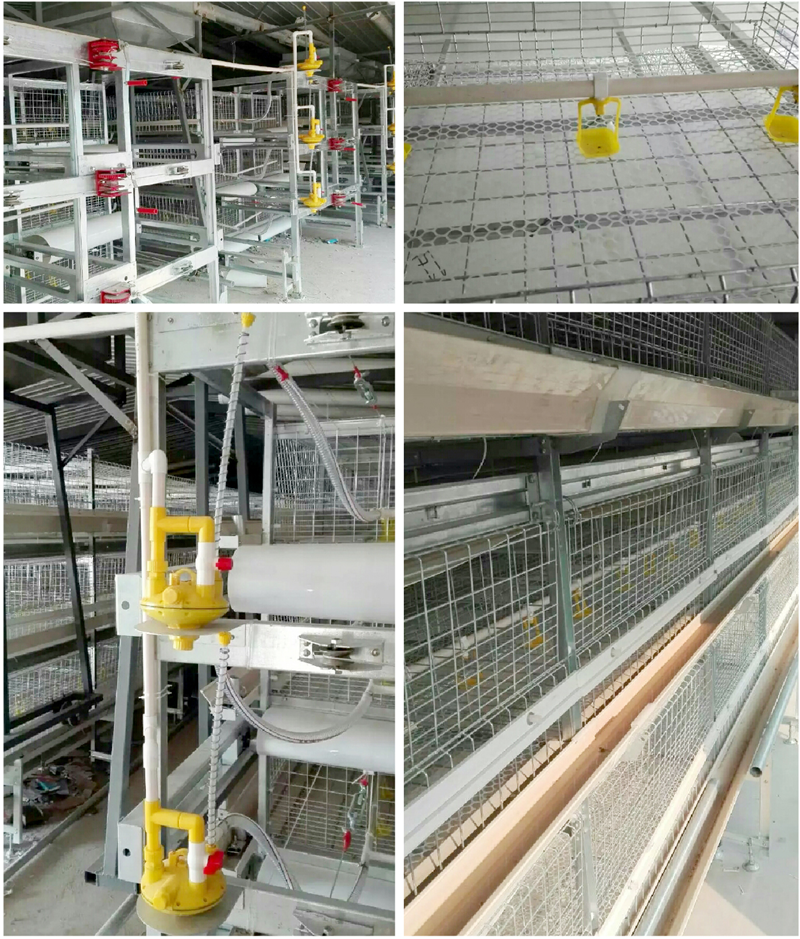
Stepped Layer Hen Cage Rearing Equipment
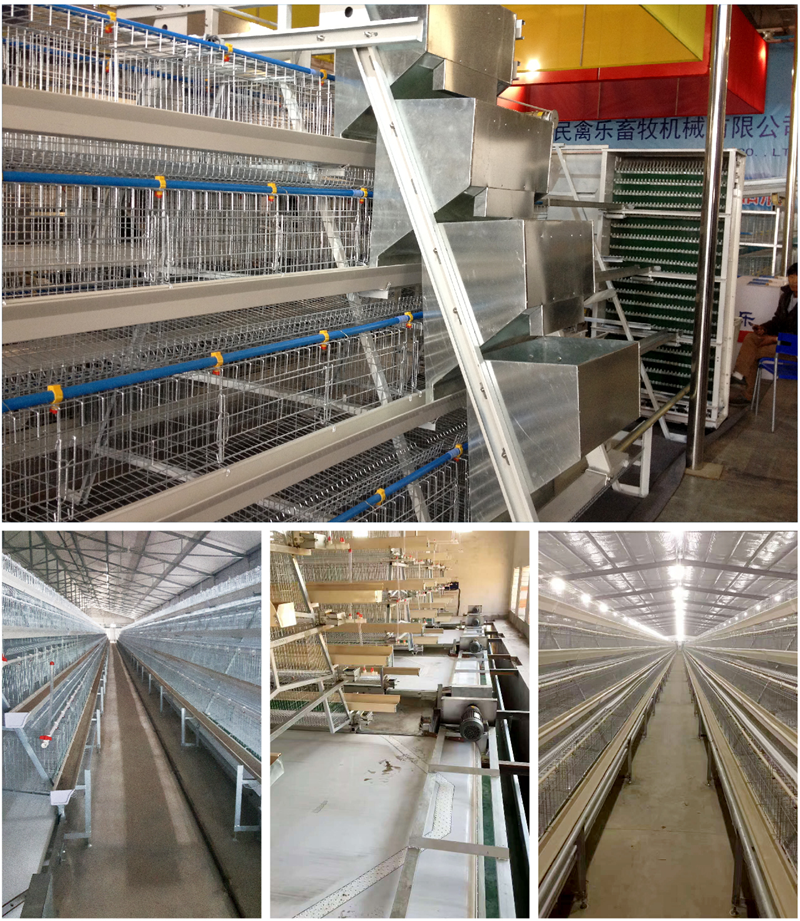
Automatic Egg Collection System

H-type Cage Feeding Machine
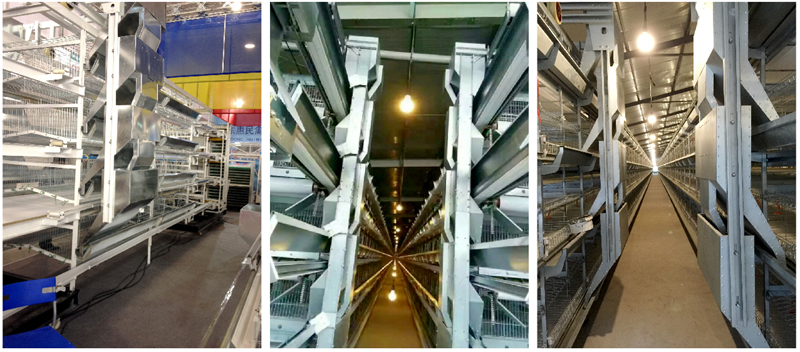
Stepped Cage Straddle Feeder
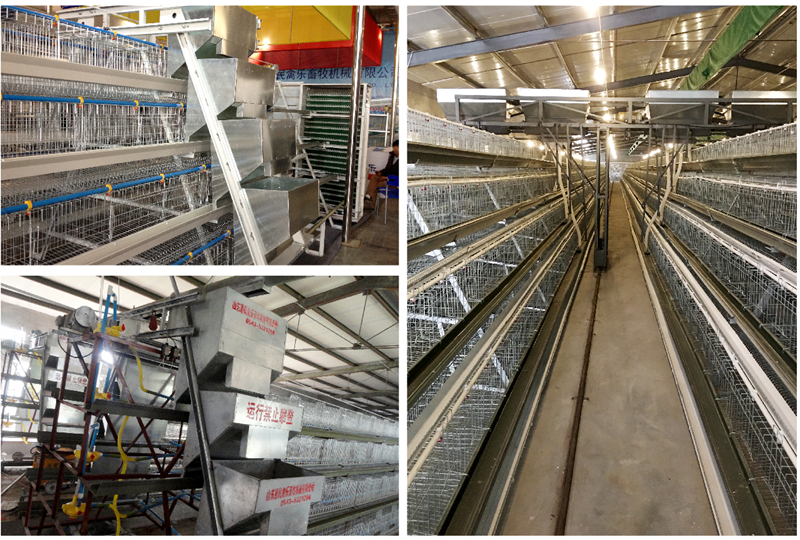
Manure Removal Machine

Fans, Heated Curtains, Environmental Control Systems, and Lighting Equipment
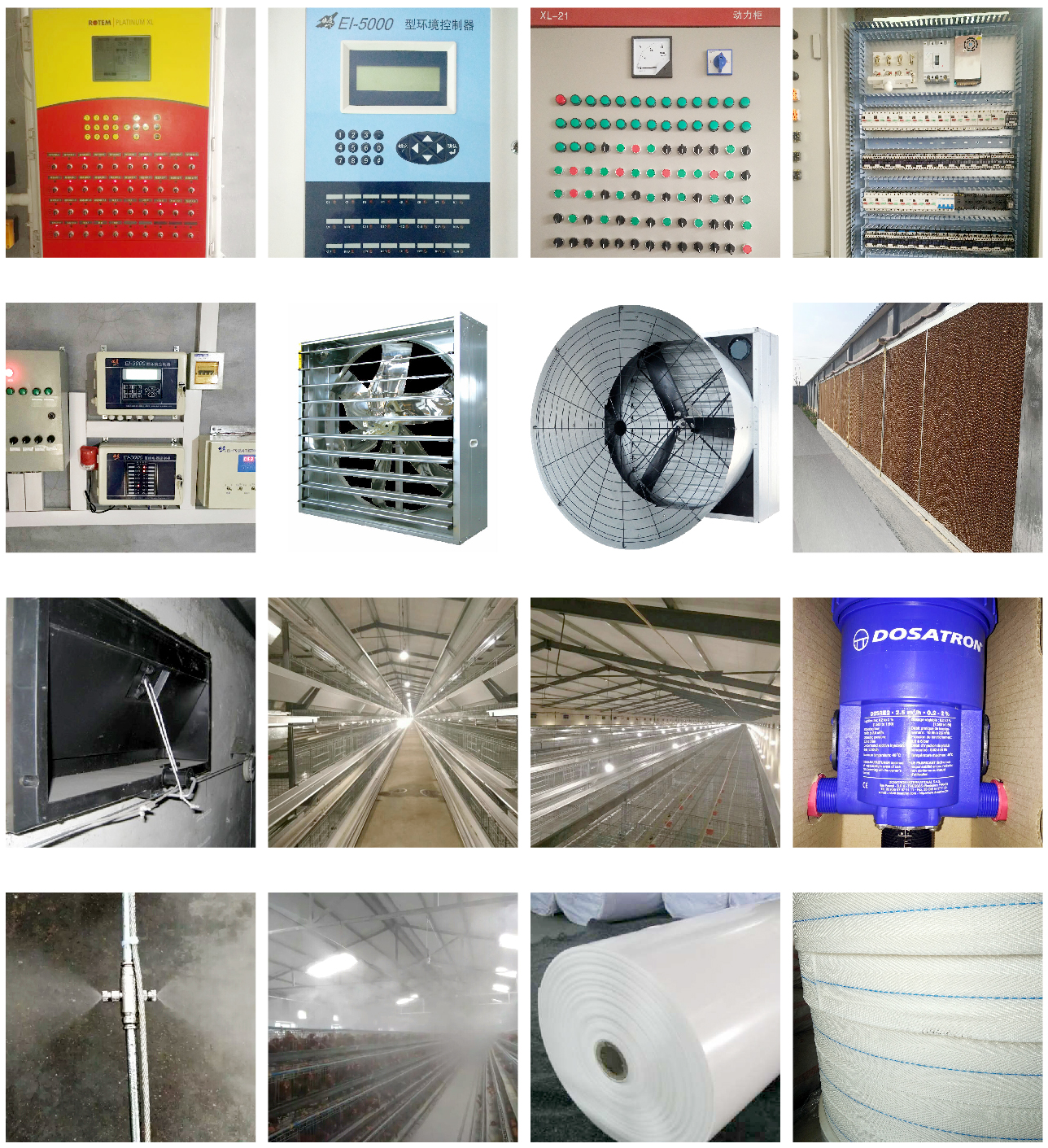
Complete Set of Equipment for Organic Fermentation Treatment of Manure


 Catalogue
Catalogue






























 WhatsApp
WhatsApp Phone
Phone